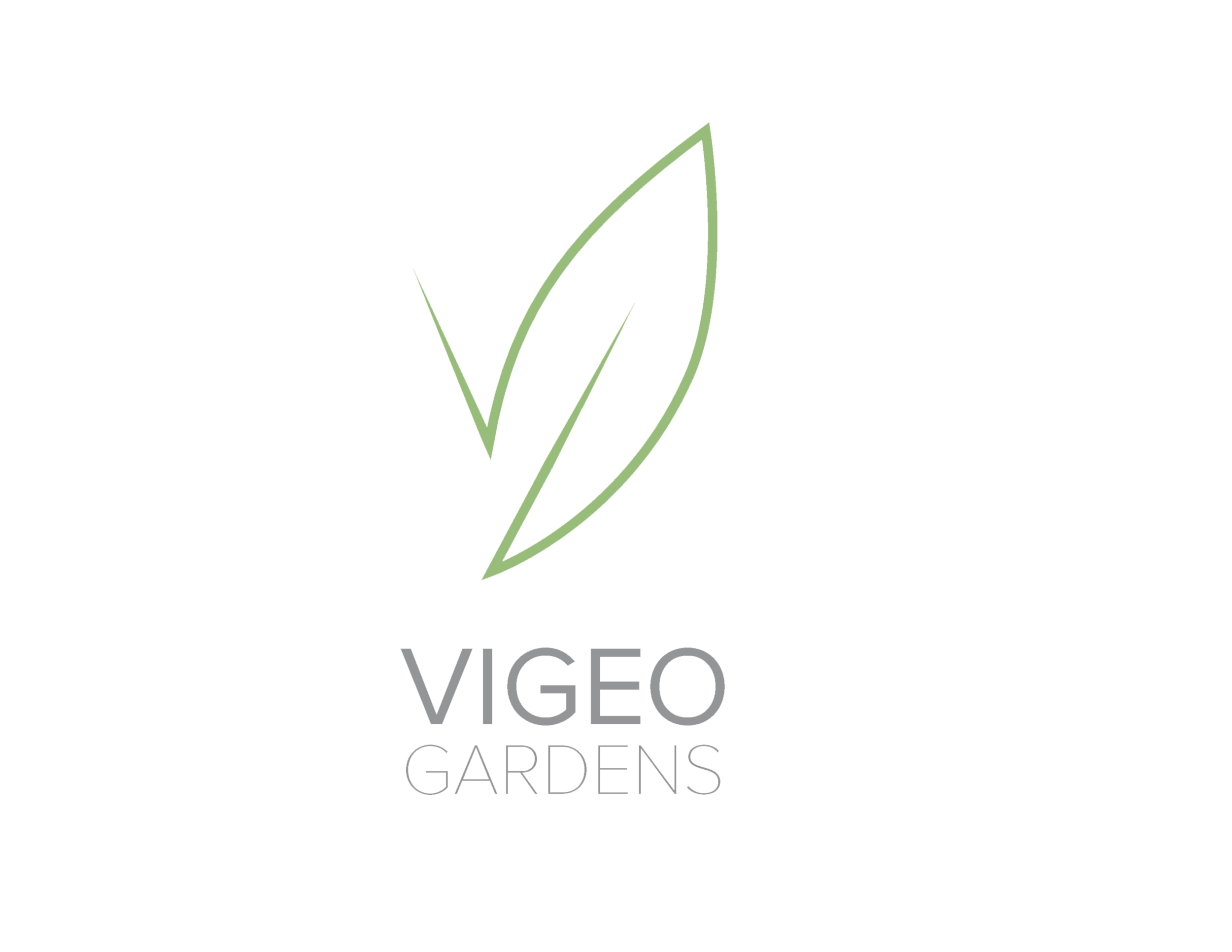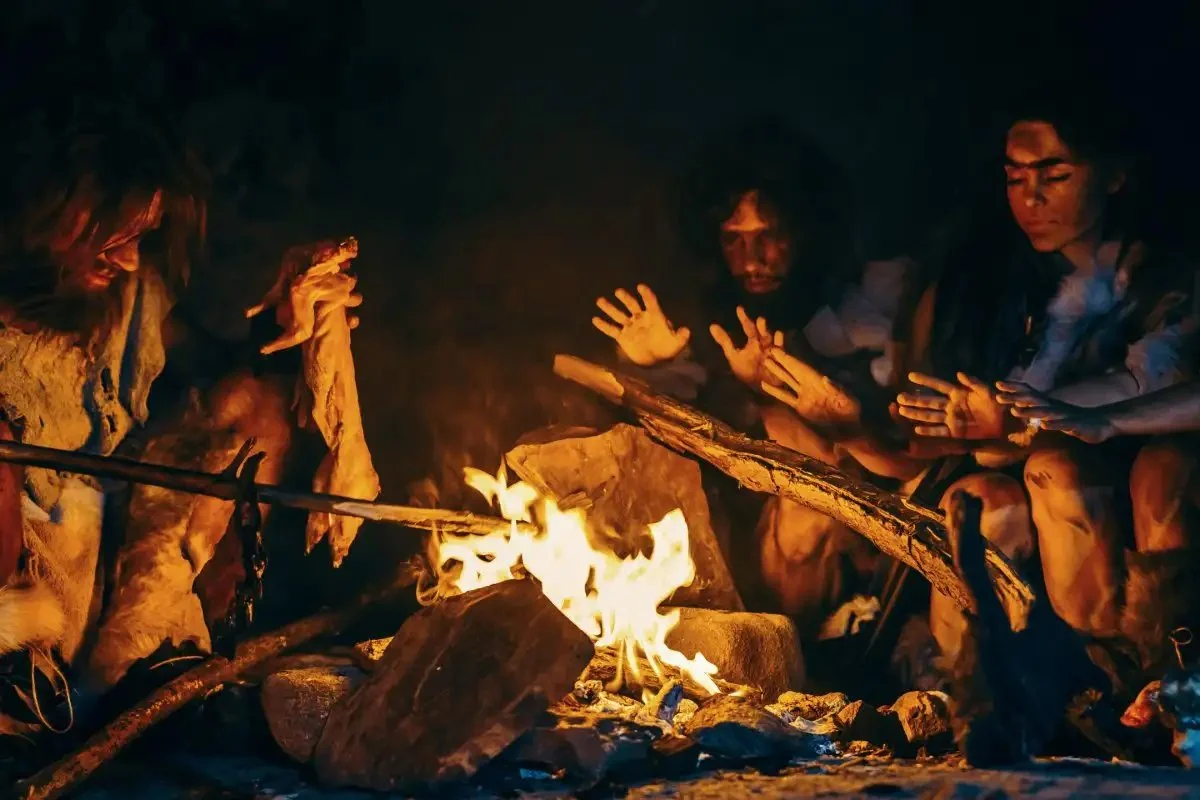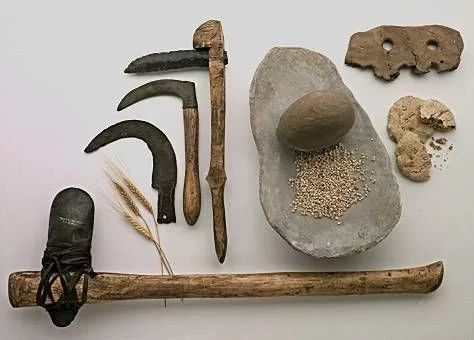Food is far more than sustenance—it’s a story as old as humanity itself. From the early days of foraging in the wild to the transformative leap into farming, the way we interact with food has shaped civilization, culture, and the very fabric of our lives. Along this journey, cooking emerged as a revolutionary practice, altering not just how we eat but how we think, connect, and thrive as a species. Let’s explore this fascinating evolution, from hunter-gatherers to agricultural communities, and the pivotal role food has played in humanity’s story.
The Age of the Hunter-Gatherer (2.5 Million Years Ago to ~10,000 BCE)
For millions of years, humans lived as hunter-gatherers, relying on nature’s bounty to survive. Life revolved around finding and harvesting food, whether by tracking game, fishing, or foraging for fruits, nuts, and roots. Nomadic by necessity, these early humans followed the seasons and migration patterns of animals, forming small, cooperative groups to meet their needs.
What Made Hunter-Gatherers Unique?
Diverse Diets: Depending on their environment, hunter-gatherers consumed a wide array of plants, seeds, and lean meats.
Mobility: Survival meant constantly moving to find food, leaving little room for permanent settlements.
Intimate Knowledge of Nature: Their lives depended on understanding their surroundings, from identifying edible plants to reading animal behaviors.
While this lifestyle sustained humanity for millennia, it required constant effort and offered no guarantees of food security. Then, humanity discovered something that changed everything: fire.
The Discovery of Cooking (~1.8 Million to 300,000 Years Ago)
Cooking was one of the most significant milestones in human evolution. Evidence suggests that early humans began using fire for cooking around 1.8 million years ago, with regular use becoming widespread closer to 300,000 years ago. This discovery did more than simply make food tastier—it fundamentally changed our biology, culture, and daily lives.
Why Was Cooking a Game-Changer?
Improved Nutrition: Cooking broke down tough fibers and complex carbohydrates, making food easier to digest and allowing humans to absorb more calories and nutrients. This extra energy helped fuel brain growth and development.
Safer Food: Heat killed harmful bacteria and parasites, reducing the risk of foodborne illnesses.
Energy Efficiency: Cooked food required less effort to chew and digest, freeing up time and resources for other survival tasks.
Cooking wasn’t just a practical tool—it became a social activity. Gathering around a fire to share meals helped build bonds, establish roles within communities, and lay the groundwork for cultural traditions.
The Agricultural Revolution (~10,000 BCE to ~3000 BCE)
The Neolithic Revolution marked humanity’s transition from nomadic hunter-gatherers to settled agriculturalists. Instead of merely harvesting what nature provided, humans began to cultivate crops and domesticate animals. This shift, which occurred independently in regions like the Fertile Crescent, China, and Central America, was nothing short of transformative.
Key Milestones of Agriculture
Domestication of Plants and Animals:
Crops such as wheat and barley were cultivated in the Fertile Crescent (~9500 BCE), rice in China (~8000 BCE), and maize in Central America (~7000 BCE).
Animals like goats, sheep, and cattle were domesticated for meat, milk, and labor.
Invention of Agricultural Tools:
Digging sticks, stone sickles, and early plows (~8000 BCE to ~5000 BCE) made farming more efficient.
The Birth of Settlements:
Permanent communities like Jericho (~8000 BCE) and Çatalhöyük (~7500 BCE) emerged as farming produced food surpluses, supporting larger populations.
Cooking During the Agricultural Revolution
As agriculture expanded, so did the variety of ingredients available for cooking. Grains like wheat and rice became staples, giving rise to innovations like bread, beer, and fermented foods such as yogurt. Cooking began to evolve from a survival skill into a craft, with different regions developing unique culinary traditions based on their local resources.
The Birth of Food Communities (~3000 BCE to ~1000 BCE)
Agriculture didn’t just change how we ate—it transformed how we lived. Early farming communities became the foundation of civilizations, fostering trade, cultural exchange, and technological advancement.
The Impact of Food Communities
Social Structures: With stable food supplies, societies diversified roles, with farmers, artisans, and traders all contributing to the economy.
Cultural Practices: Food became central to religious rituals, festivals, and celebrations.
Innovation: Advancements like irrigation and terracing (~2000 BCE) improved agricultural yields, supporting growing populations.
Cooking as a Cultural Cornerstone
Cooking had become deeply tied to identity and tradition by this point. Recipes were passed down through generations, feasting became a symbol of unity, and food was used to strengthen social and political bonds. The simple act of preparing and sharing meals evolved into a powerful expression of culture and community.
Why This Matters Today
The journey from hunter-gatherers to farmers—and the discovery of cooking along the way—shaped humanity in profound ways. Agriculture allowed us to settle, grow, and innovate, while cooking unlocked the potential of our food, turning sustenance into an experience that nourishes both body and soul.
At The Bright Beet, we celebrate this incredible journey and the lessons it teaches us about connection, creativity, and sustainability. By understanding where our food comes from and the history that brought us here, we can make more conscious choices for a healthier, more vibrant future.



